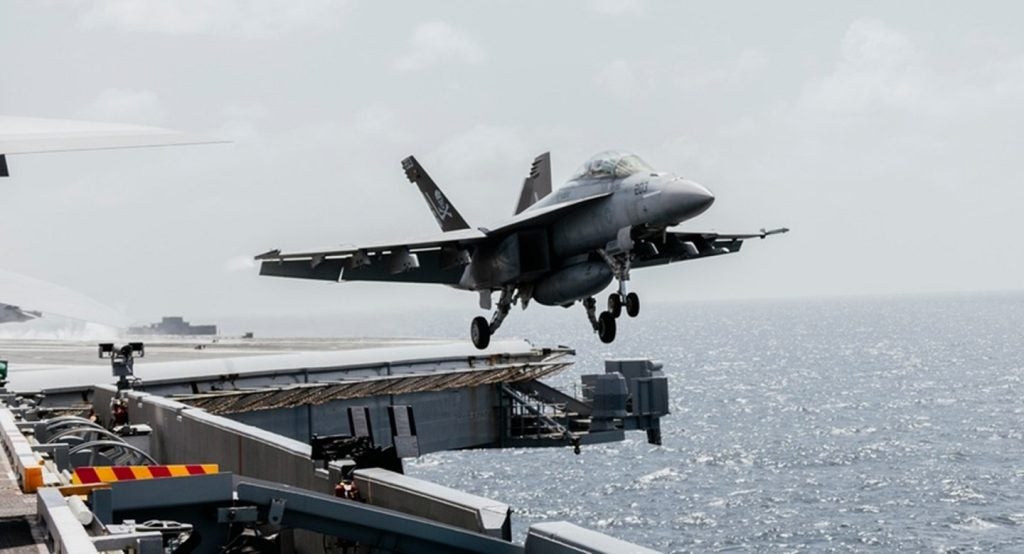
The US Air Force (USAF) has performed the first landing, take-off and integrated combat turns (ICTs) on a closed 9,000ft section of Michigan highway M-28.
It involved Air National Guard’s (ANG) A-10 Thunderbolt II, Air Force Reserves’ C-146A Wolfhound and Air Force Special Operations Command’s (AFSOC) C-145A Combat Coyote, MC-12W Liberty and U-28A Draco.
The ICTs allow rapid rearming and refuelling of a running aircraft.
The temporary landing zone is one of the training scenarios conducted during the Michigan ANG’s exercise Northern Agility 22-1 in Michigan’s Upper Peninsula.
The exercise showcases the USAF’s Agile Combat Employment (ACE) doctrine, which states ‘ready to execute missions quickly in unpredictable ways.’
The landing zone was named Hawk LZ to honour major Durwood ‘Hawk’ Jones, a former F-16 pilot from 115th Fighter Wing, Wisconsin ANG.
How well do you really know your competitors?
Access the most comprehensive Company Profiles on the market, powered by GlobalData. Save hours of research. Gain competitive edge.

Thank you!
Your download email will arrive shortly
Not ready to buy yet? Download a free sample
We are confident about the unique quality of our Company Profiles. However, we want you to make the most beneficial decision for your business, so we offer a free sample that you can download by submitting the below form
By GlobalDataJones passed away in a training accident in Michigan in 2020.
Michigan ANG assistant adjutant general and commander brigadier general Bryan Teff said: “Northern Agility 22-1 is a historic exercise that supports the Air Force’s directive to ‘accelerate change or lose’, as well as the ability of our airmen to generate combat power anytime, anywhere.”
The latest iteration of Northern Agility also involved staging and additional training activities for sustainment, contested logistics and other multi-capable airmen scenarios.
These activities were held in Alger County, Sawyer International Airport and Hanley Field.
Furthermore, the Kelly Johnson Joint All-Domain Innovation Center in collaboration with its industry partners also participated in the exercise.
The team demonstrated various technologies for augmented reality (AR) to improve the rapid integration of the command-and-control (C2) ecosystem, multi-capable airman concept, synthetic aperture radar and advanced threat detection and visualisation.






